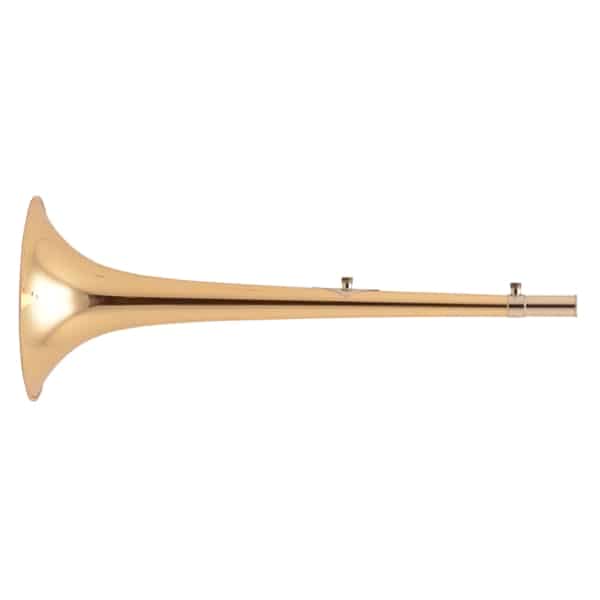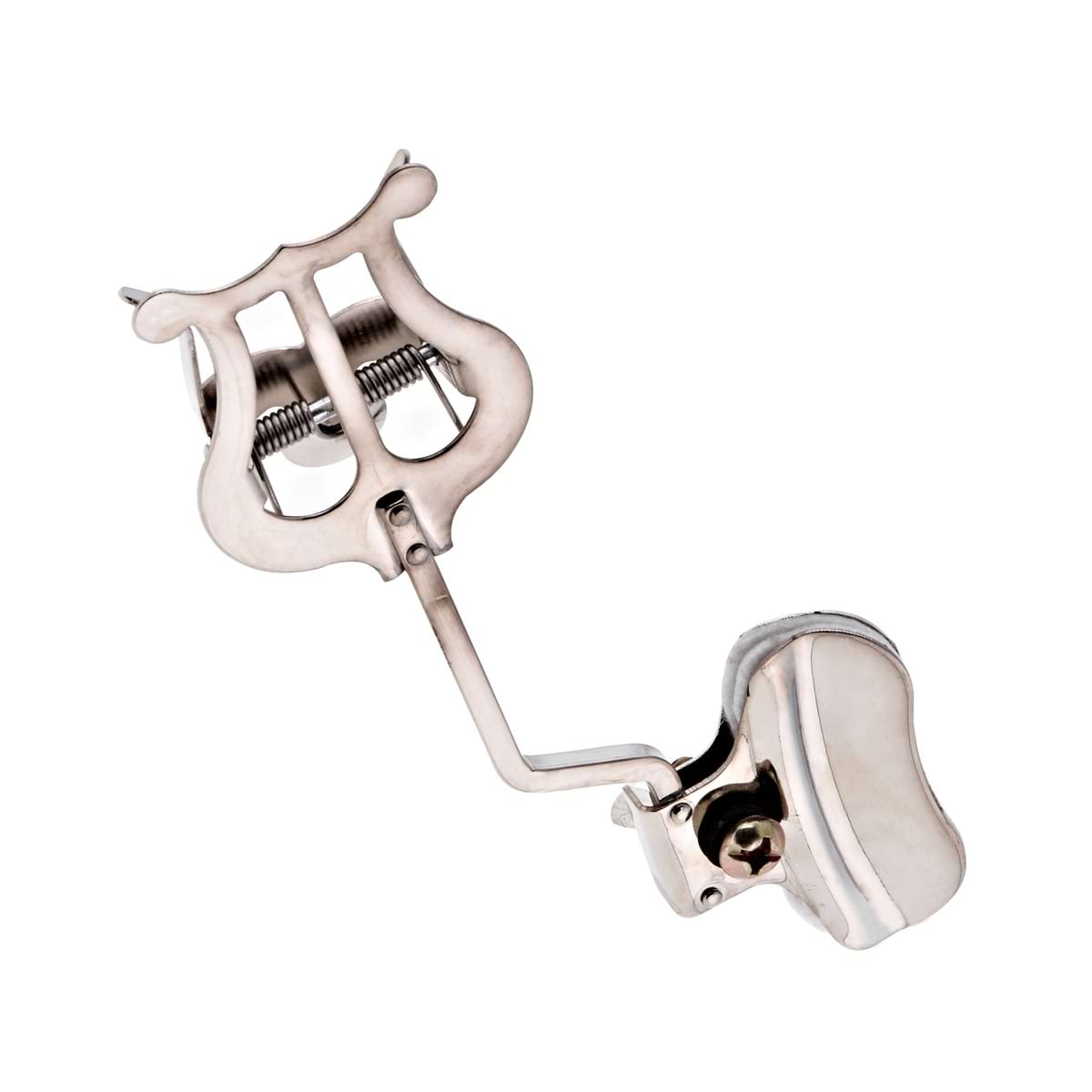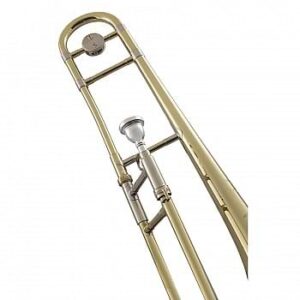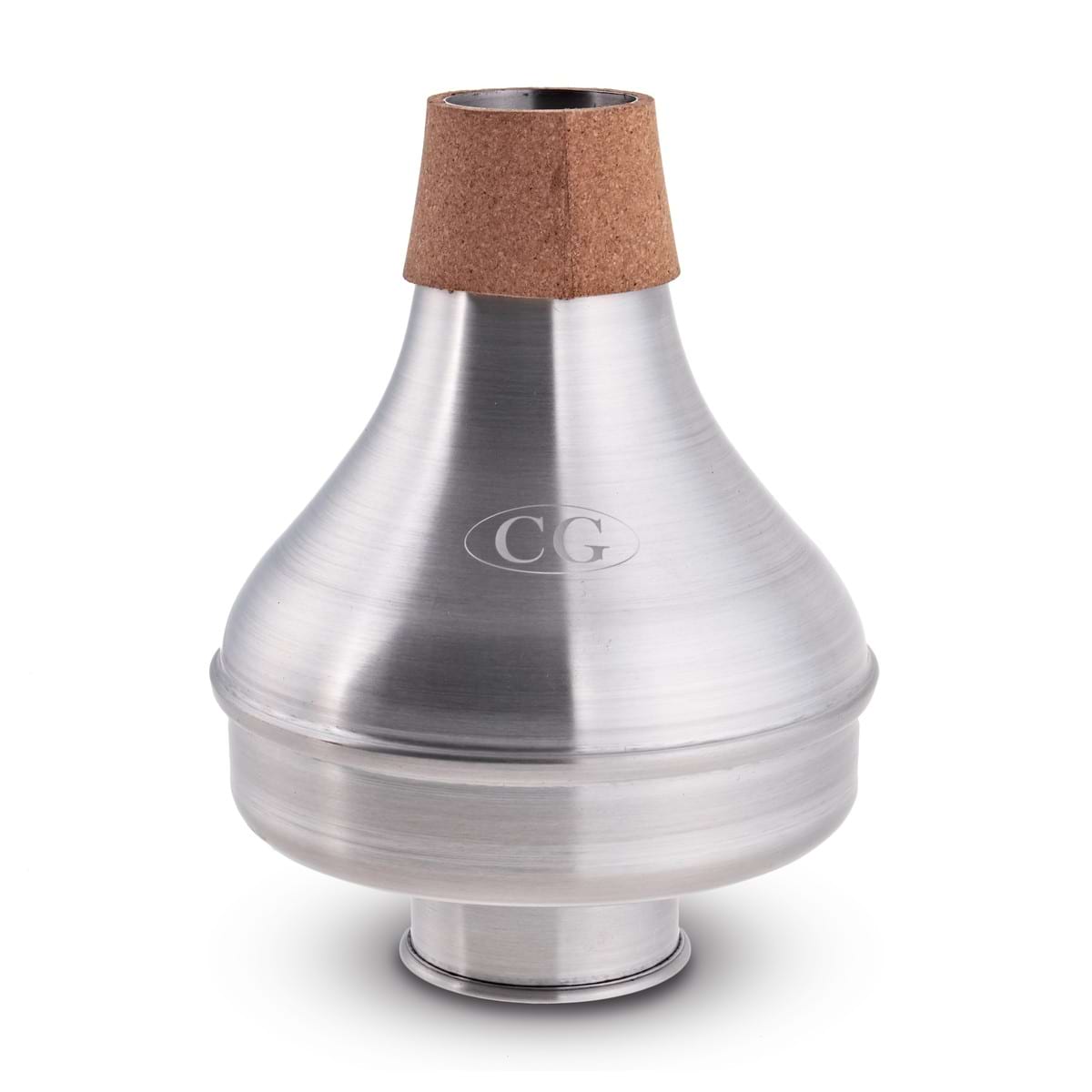Best
Student
Trombone
-
Overall: Well-balanced and easy to play, making it a great choice for beginners
-
Best Feature: Made With Brass Outer Slide For Durability And Smooth Slide Action
-
TedScore™: 8/10
Best
Intermediate Trombone
-
Overall: Made ith high-quality materials for an exceptional playing experience
-
Best Feature: With An F-Attachment For Increased Range And Versatility
-
TedScore™: 9/10
Best
Professional Trombone
-
Overall: With clear lacquer finish and known for its excellent intonation and projection
-
Best Feature: The Trombone with A Large Bore Size For A Full And Rich Sound
-
TedScore™: 10/10
Hey slide position aficionados! As a seasoned trombonist who’s slid into more positions than a yoga instructor, I’m here to demystify trombone slide positions for you.
Slide positions are the bread and butter of our craft, the secret sauce to our brassy sound.
Let’s cut to the chase and master these moves together!
Decoding the Trombone Slide Positions
Basics of Slide Positions

Ah, the trombone slide positions! The slide position chart is the very foundation of playing the trombone. But what are they, really?
In simple terms, the trombone slide positions refer to the slide’s different positions that change the tubing’s length. And as we all know, changing or adjusting the length of the tubing changes the pitch of the sound.
So, how many slide positions are there?
There are seven positions, numbered from 1 to 7, with the first position being the closest to you and the seventh fully extended. However, no markers on the tubing indicate the correct positions, meaning you need to learn them by feeling.
Trombone Slide Position Chart

The trombone slide position chart is a visual aid that shows you which slide positions to use for each note. It’s a handy tool that can help you quickly find the right slide position used for any note you need to play.
There are different trombone position chart and slide position charts, but they all serve the same purpose. Some charts use letters to represent the notes, while others use musical notation. Some charts are designed for specific types of trombones, such as tenor or bass trombones.
Understanding the Trombone Notes
Playing the trombone requires understanding the notes and their corresponding slide positions. Here’s a breakdown of how to read and play trombone notes.
Note Variations
The trombone is a versatile instrument that can play a wide range of notes. However, there are variations in how each note can be played.
For example, a C can be played in three trombone positions, producing a slightly different sound. It’s essential to learn these variations to play the trombone accurately.
Here’s a table of the most common trombone notes and their corresponding slide positions:

Harmonic Series
The trombone also follows the harmonic series, which is a sequence of notes that are mathematically related. The first note in the harmonic series is the fundamental, and the other notes are overtones.
Here’s a list of the first six notes in the harmonic series:
- Fundamental (C)
- Octave (C)
- Fifth (G)
- Fourth (C)
- Major Third (E)
- Minor Third (G)
Playing in tune in the harmonic series produces a pure, resonant sound. It’s essential to practice playing in the harmonic series to improve your tone quality.
Trombone Accessories
The Trombone Bell

The bell is the flared end of the trombone that amplifies the sound produced by the instrument.
It’s usually made of brass and can be detachable or fixed to the main body of the trombone. The size and shape of the bell affect the tone and projection of the sound produced by the brass instrument itself.
Trombone Bell Lyre by Gear4music, Silver

FEATURES: Felt pads protect the bell of your instrument
OTHER INFO: Strong clamp tightly holds your music
- Keeps your music at eye level
- Silver finish perfectly matches your instrument
- None!
When you click ‘Check Price’, you’ll see there are loads of great places to buy this item. Our personal favorite is Sweetwater for the US, and Thomann and Gear4Music for the UK & Europe.
They are the largest music retailers, with excellent customer service, competitive prices, really fast shipping, and the longest guarantees.
The professional musician who wrote this article combined many things,
from the product build, manufacturer’s reputation through to feedback
from other users, to create our famous TedScore™.
The Trombone Tubing
The tubing is the long, curved metal pipe that connects the mouthpiece to the bell.
It’s responsible for the majority of the sound produced by the trombone.
The tubing is usually made of brass and can be straight or curved, depending on the type of trombone.

Coppergate Adjustable Tube Wah Mute for Trombone by Gear4music

FEATURES: Machined from spun aluminium
OTHER INFO: Cork strips ensure a secure fit
- Removable tube lets you adapt your sound
- Retains accurate intonation
- None!
When you click ‘Check Price’, you’ll see there are loads of great places to buy this item. Our personal favorite is Sweetwater for the US, and Thomann and Gear4Music for the UK & Europe.
They are the largest music retailers, with excellent customer service, competitive prices, really fast shipping, and the longest guarantees.
The professional musician who wrote this article combined many things,
from the product build, manufacturer’s reputation through to feedback
from other users, to create our famous TedScore™.
HIGHLY RECOMMENDED TROMBONBES
Bach TB501 Student Trombone

PERFECT FOR: beginners
FEATURES: Made with brass outer slide for durability and smooth slide action
OTHER INFO: Has a clear lacquer finish for protection and a classic look
Bach TB501 Student Trombone
- Comes with a medium bore size for a balanced sound and easy playability
- Well-balanced and easy to play, making it a great choice for beginners.
- A reliable choice for students and educators alike
- A little bit heavy
When you click ‘Check Price’, you’ll see there are loads of great places to buy this item. Our personal favorite is Sweetwater for the US, and Thomann and Gear4Music for the UK & Europe.
They are the largest music retailers, with excellent customer service, competitive prices, really fast shipping, and the longest guarantees.
The professional musician who wrote this article combined many things,
from the product build, manufacturer’s reputation through to feedback
from other users, to create our famous TedScore™.
Yamaha YSL448 Intermediate Trombone

PERFECT FOR: intermediate players
FEATURES: Has a large bore size for a powerful and resonant sound
OTHER INFO: With an F-attachment for increased range and versatility
Yamaha YSL448 Intermediate Trombone
- Made with a gold brass bell for a warm and rich sound
- Crafted with high-quality materials and workmanship for an exceptional playing experience
- With exceptional projection and volume
- The slide action is smooth and responsive for a precise and effortless playing
- May need to upgrade the mouthpiece
When you click ‘Check Price’, you’ll see there are loads of great places to buy this item. Our personal favorite is Sweetwater for the US, and Thomann and Gear4Music for the UK & Europe.
They are the largest music retailers, with excellent customer service, competitive prices, really fast shipping, and the longest guarantees.
The professional musician who wrote this article combined many things,
from the product build, manufacturer’s reputation through to feedback
from other users, to create our famous TedScore™.
King 4BF Tenor Trombone

PERFECT FOR: advanced players and professional
FEATURES: Has a large bore size for a full and rich sound
OTHER INFO: With F-attachment for increased range and versatility
King 4BF Tenor Trombone
- Crafted with bronze brass bell for a warm and resonant tone
- With clear lacquer finish for durability and protection
- Known for its excellent intonation and projection
- The F-attachment is smooth and responsive for effortless playing in all registers
- Made with high-quality materials and workmanship
- Needs more maintenance work
When you click ‘Check Price’, you’ll see there are loads of great places to buy this item. Our personal favorite is Sweetwater for the US, and Thomann and Gear4Music for the UK & Europe.
They are the largest music retailers, with excellent customer service, competitive prices, really fast shipping, and the longest guarantees.
The professional musician who wrote this article combined many things,
from the product build, manufacturer’s reputation through to feedback
from other users, to create our famous TedScore™.
Trombone Slide Positions
Summary
Bravo, trombone trailblazers! You’ve cracked the code to those sneaky slide positions that once had me as befuddled as a two-year-old with a Rubik’s Cube.
Think of slide positions as your trombone’s treasure map; follow them, and you’ll unearth musical gold. I remember the days when my slide was more slippery than an eel in a bucket of suds, but look at me now—sliding like a pro with the grace of a swan on a buttered lake!
Keep those slides smooth and your tunes smoother, and you’ll be the talk of Trombone Town before you know it.
Keep practicing, and remember, the slide is your joyride to jazz and beyond!
Before you go…
Do you know someone who wants to slide their way into the world of trombones? Or are you looking to level up your trombone playing with an upgraded instrument?
Get ready to blow your mind with this ultimate guide to the cost of trombones!
FAQ's
To learn trombone slide positions, one must first memorize the location of each position on the slide. Then, by learning through practice and repetition, the player can develop muscle memory and learn to quickly and accurately move between positions.
While some trombonists may use a 7th position, it’s not part of a standard trombone position chart. The standard positions on a trombone top chart are 1st through 6th.











Rory Cartmell’s breakdown of the harmonic series and how it relates to trombone notes is spot on. It’s crucial for up-and-coming trombonists to grasp this concept early on as it forms the backbone of understanding not just for trombone, but brass playing in general. The discussion regarding overtones and how they align with slide positions can really demystify intonation issues for many. I appreciate the effort to make these concepts accessible without oversimplification. Keep up the great work!
While the article by Rory Cartmell offers a comprehensive overview on trombone slide positions, it’s important to note that personal embouchure and air support can greatly alter the effective use of these positions. Building a solid technique foundation goes hand-in-hand with understanding slide positioning. Would love to see more emphasis on technique in future articles.
Loving the accessory recommendation part, especially bout the bells. Big sound difference with those tweaks!
hey, does anyone know if the slide positions change if ur trombone is bigger? like i have a student trombone and it feels weird. should it sound different than what Rory Cartmell said in the chart?
Actually, different types do affect how positions feel due to tubing length. Always best to adjust by ear!
The slide positions should technically be the same because physics, but a larger trombone like a bass might feel different due to its size and pitch.